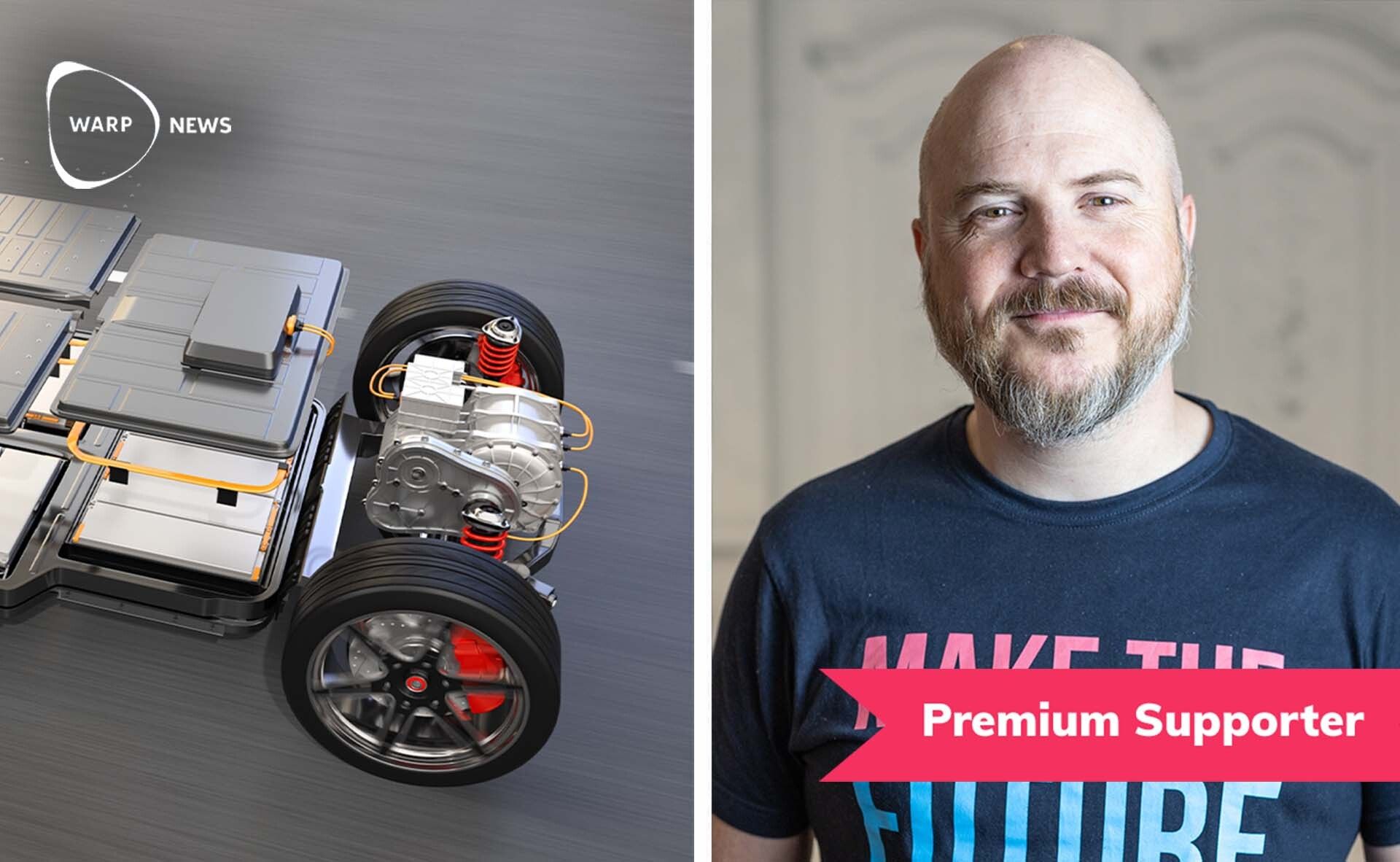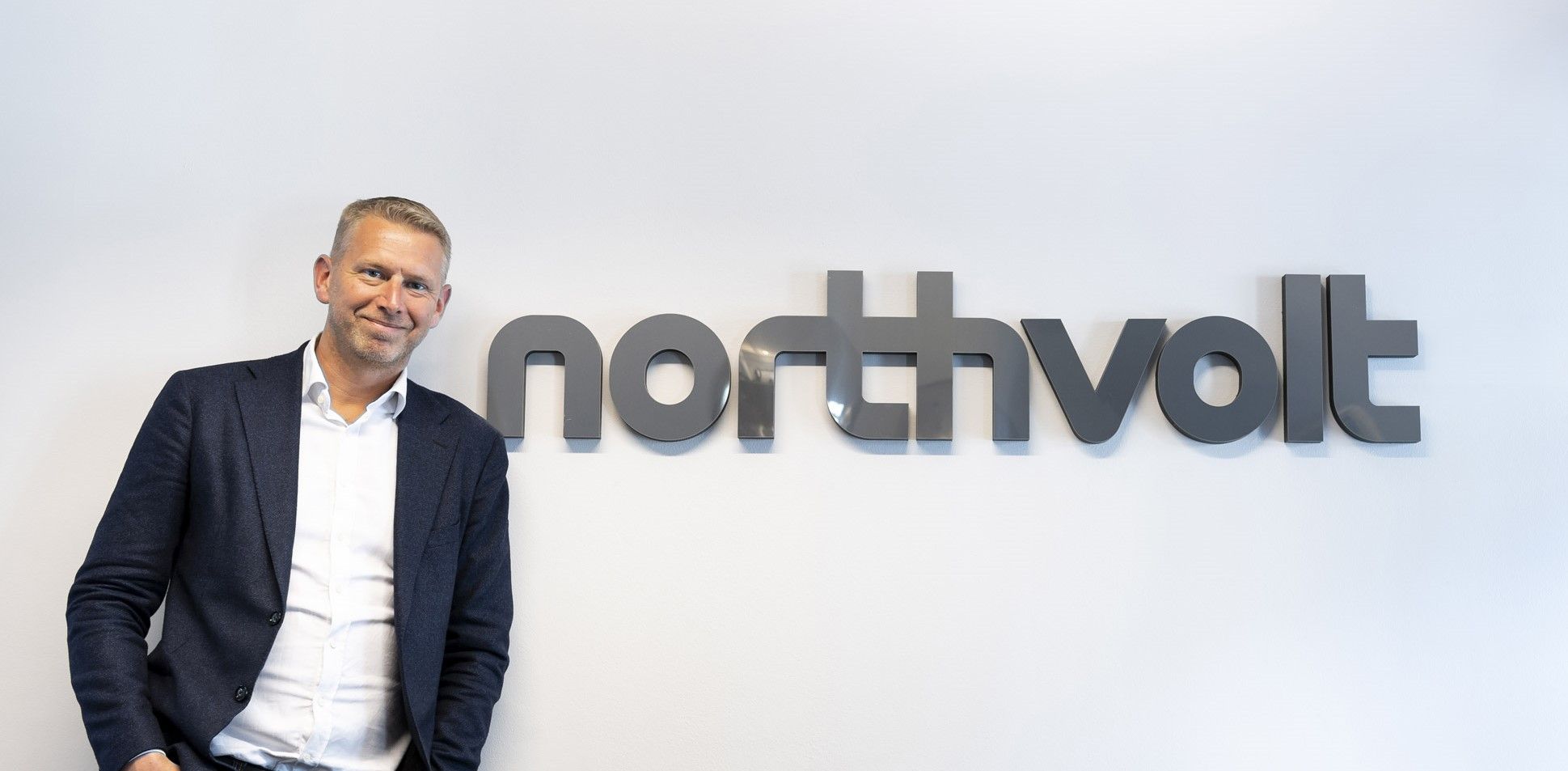
🔋 Northvolt and the benefit of understanding the future
The story of Peter Carlsson and Northvolt teaches us two lessons: You need to understand the future to see all the possibilities, and you must be a fact-based optimist to grab them.
Share this story!
Peter Carlsson was Head of Sourcing at Swedish-Japanese Sony Ericsson. You know, back when Ericsson was making mobile phones.

He did an excellent job, so companies on the U.S. west coast sought his services. Among them was Apple, who offered him a job to lead the production of the iPad.
But he also went to a job interview at a small startup, yet to make a profit, who only had launched one product targeting a tiny luxury segment.
You might have heard of it? Tesla.
He said no to Apple, and joined the scrappy startup.
“When I walked out from building after visiting Tesla, I had a strong gut feeling that here – here things will really happen,” he says in the book Batterirevolutionen (Battery Revolution.)
His main task was to build up logistics for their next product, the Model S. It was still an expensive car, but one that was intended to show the world how amazing an electric vehicle can be.
Seeing the future of batteries
Tesla is not only an automaker. They are also an energy company, selling batteries to consumers, industries and governments, like the huge battery farm in South Australia.
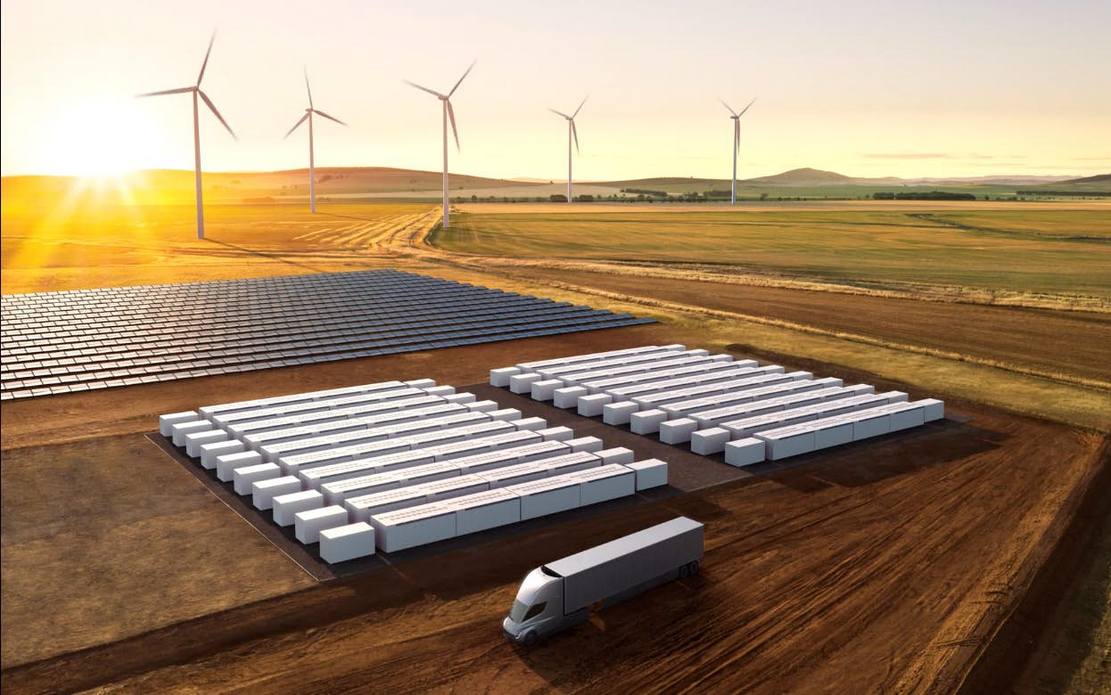
During Peter Carlsson’s time at Tesla, they also planned and started construction of the enormous factory in Nevada, called Gigafactory.
Leaving Elon
During my time in the Swedish Parliament, Peter Carlsson helped me set up a visit at the Tesla factory and headquarters in Fremont, California, but by the time I got there in early 2016, he had left the company.
Shortly thereafter he presented his idea of a large battery factory in Europe. He named his company Northvolt.
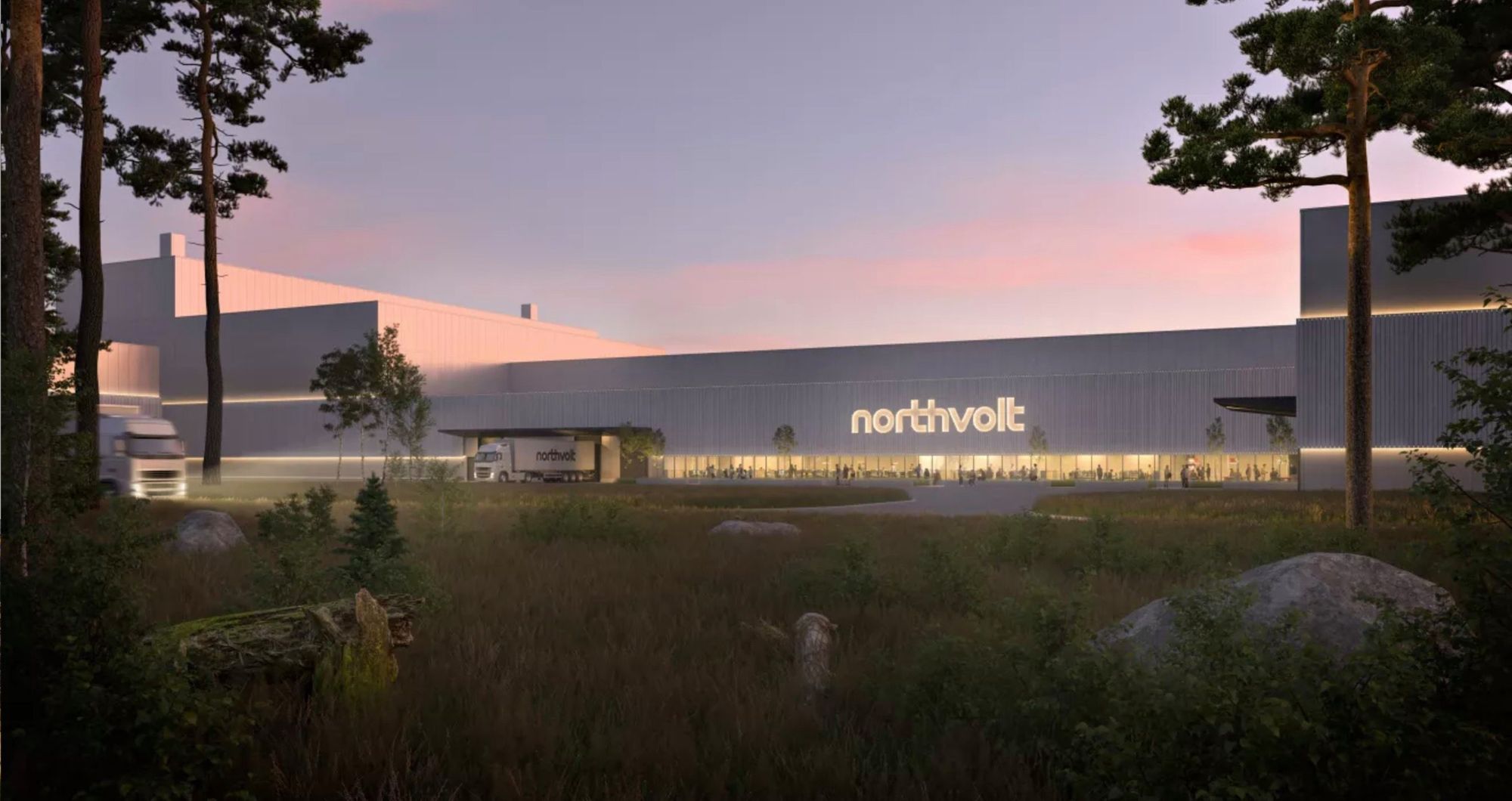
Naive pessimists
The pessimists lined up.
Great ambition, but where will he get the money?
To build a battery factory you need a lot of money—$4 billion to be precise.
He soon raised $10 million to get going, and not long after $1 billion more.
Northvolt chose the northern city of Skellefteå, Sweden as the location for the factory.
The pessimists lined up again, undeterred by being wrong about the financing.
An exciting project, but how are they going to build a factory up there?
The factory is now built, in time despite the pandemic, and has started producing batteries.
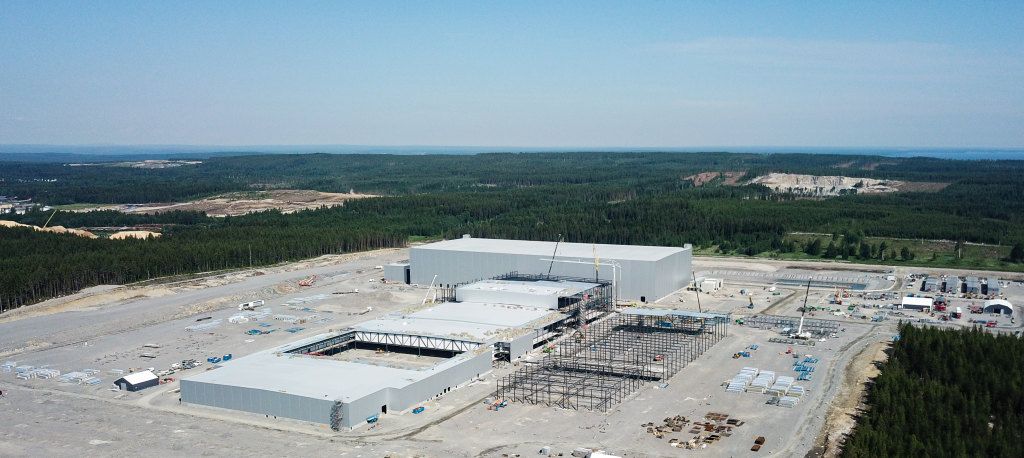
That factory is now called Northvolt One, because there will be more factories. One will be built with Volvo Cars in Gothenburg. Another in Germany. Another one in Borlänge. In addition, they have just opened Europe's largest recycling plant for electric car batteries.
Northvolt has signed huge deals with Volkswagen and BMW to deliver batteries. They’ve partnered with industry giant ABB, and received funding from Goldman Sachs and the European Investment Bank.
It hurts to tell you, but the pessimists have been wrong again. They are so naive.
Didn't the pessimists have a point?
But didn't the pessimists have a point? Wasn't it unlikely to raise that much money to build a huge battery factory in the sparsely populated northern Sweden?
Well, if you look at it from the naive point of view, but not if you use fact-based optimistic glasses.
- Electrification of the vehicle fleet is a strong trend.
- Vehicle manufacturing is a giant market, valued at $2.7 trillion in 2021.
- Batteries are a central part of electric vehicles and a future huge market in itself.
- In other words, there is plenty of capital and expertise for the right battery project.
- After the jobs at Sony Ericsson and Tesla, Peter Carlsson had the right expertise and belonged to a very small group of people in the world who were most attractive to investors who wanted to invest in battery production.
That doesn't mean building a company like Northvolt is easy and it could have failed, despite Peter Carlsson's background. But Carlsson's chances of success were better than most in the world.
Two lessons to learn
The story of Peter Carlsson tells us two things
One: Understanding the future is the most valuable knowledge you can have.
Carlsson’s long experience with lithium-ion batteries from cell phones and cars, and the construction of the gigafactory in Nevada, helped him understand the future of batteries.
Two: We need more optimistic builders like Carlsson to make a better future come sooner.
To start with nothing, and propose building a huge factory costing several billion dollars is very brave. By 'nothing', I mean that Carlsson didn’t have a big company behind him or a couple of billion dollars of his own. The risk of failure was real, and if you fail the pessimists will have a field day.
Earlier this Marc Andreessen wrote:
“Every step of the way, to everyone around us, we should be asking the question, what are you building?”
In a previous article I agreed with Andreessen and added this:
“Being optimistic about the future seems to be a big driver of actually building things. Science shows that optimistic people generate more ideas and are more open to the ideas of others.”
“But not only that, optimists are also more likely to take action on those ideas, and make something of them. Start a project, found a company, or something else that will make the idea into reality.”
A fact-based optimist
Peter Carlsson had the optimism to believe he could pull this off. That optimism was based on facts and knowledge about the future of batteries.
Peter Carlsson is a fact-based optimist.

By becoming a premium supporter, you help in the creation and sharing of fact-based optimistic news all over the world.


